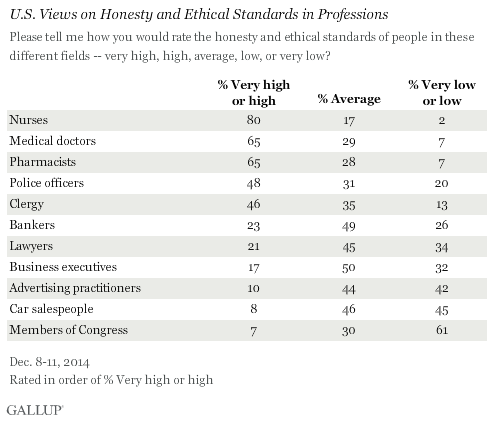By MELENA RYZIK

Artists, it’s fair to say, usually don’t know much about bacteria. Vik Muniz is an exception. Mr. Muniz, the Brazilian-born photographer known for his unorthodox materials, has been working with the M.I.T. bioengineer and designer Tal Danino on a series of trompe l’oeil images of microscopic organisms: cancer cells, healthy cells and bacteria.
At first glance, they look like ornate and colorful patterns. In reality, they represent teeming, living things. Among his latest: a pink print that could pass for floral wallpaper. But it’s made up of liver cells infected with the Vaccinia virus, which is used to make the smallpox vaccine.
“Normally, patterns are soothing structures,” Mr. Muniz said, “and all of a sudden, there’s a lot of drama.”
The work now has another meaning. It will be used in a new online campaign, The Art of Saving a Life, sponsored by the Bill & Melinda Gates Foundation. The intent is to promote vaccination just in time for an international effort to raise funds to inoculate millions, especially in poor nations.
The campaign, to be released online on Wednesday, is the first time that the foundation has commissioned artists in the service of a cause. The global roster includes photographers (Annie Leibovitz, Sebastião Salgado, Mary Ellen Mark); writers (Chimamanda Ngozi Adichie); filmmakers (Luc Jacquet, director of the documentary “March of the Penguins”); and bands (Playing for Change).
The intent is that their work will spread virally — in the digital sense — and be shared on social media with the hashtag #VaccinesWork to inspire a dialogue and donations.
“We want to get the buzz and the conversation going, because it’s easy to take these important lifesaving tools for granted,” said Dr. Christopher Elias, president of the global development program at the Gates Foundation. Art, the foundation hopes, will serve as a reminder to people “who aren’t going to read the editorial in Science,” Dr. Elias said. If the program is successful, he said, it could serve as a model for other Gates Foundation projects.
The idea came from Christine McNab, a consultant to the foundation. In brainstorming new ways to promote vaccines, she considered “what makes me cry, what makes me think,” she said. “It’s films, it’s books, it’s galleries.”
Ms. McNab and her team invited the artists in and suggested which diseases or issues to address. But they had no control over what was created. Some artists were paid a small fee to cover expenses; some retained their copyright, and others donated their work.
Ms. Leibovitz snapped a black-and-white portrait of people involved in vaccine development. Fatoumata Diabaté, a photographer from Mali, captured the last phase of trials for an Ebola vaccine. The German painter Thomas Ganter paid tribute to the little-sung medical aides who administer the shots, with his oil on canvas of “The Unknown Health Worker.”
The project is timed to lead up to a Jan. 27 meeting of Gavi, the Vaccine Alliance, an international public-private partnership in Berlin. Some images will be displayed at the conference, which aims to raise $ 7.5 billion from donors for Gavi’s next phase of development. Separately, the Gates Foundation has funded many immunization-related grants, at a cost of millions — far greater, a spokeswoman said, than the budget for the art initiative, which she would not disclose.
As the project developed in the last year, the anti-vaccination movement, in the United States and other Western countries, only gained steam. Though the programs that the Art of Saving a Life supports are targeted elsewhere, “in some ways what we’re hoping for is not just a broader debate about vaccination and immunization, but a more informed debate,” Dr. Elias said.
Countering the anti-vaccination rhetoric was part of the reason that Alexia Sinclair, a photographer from Australia, participated, she said. “I have a young daughter, and it’s quite a hot topic here,” she said, adding that she thought that producing a work of art “allows the conversation to happen in a clearer way.”
After learning that the Chinese characters for smallpox mean “heavenly flowers” — because the pustules bloom on the body, and the sufferers eventually die — Ms. Sinclair, who makes historically-inspired tableaus, created a scene of an 18th-century doctor administering a vaccination, surrounded by grass and blossoms. It brings a fashion-y aesthetic to an ugly disease. “I wanted to create something that looked at smallpox, but did it in a way that didn’t repulse people,” she said.
In an era when viewers are image-saturated, the campaign’s success, and how to measure it, are an open question. “We’ll look at the metrics,” Dr. Elias said. But, he added, the project has already proved valuable inside the Gates Foundation, as a new perspective on old problems.
“The phenomenal response” from artists, he said, “suggests that we have tapped a set of interests and voices that we perhaps should’ve been paying attention to sooner.”
Source: www.nytimes.com














